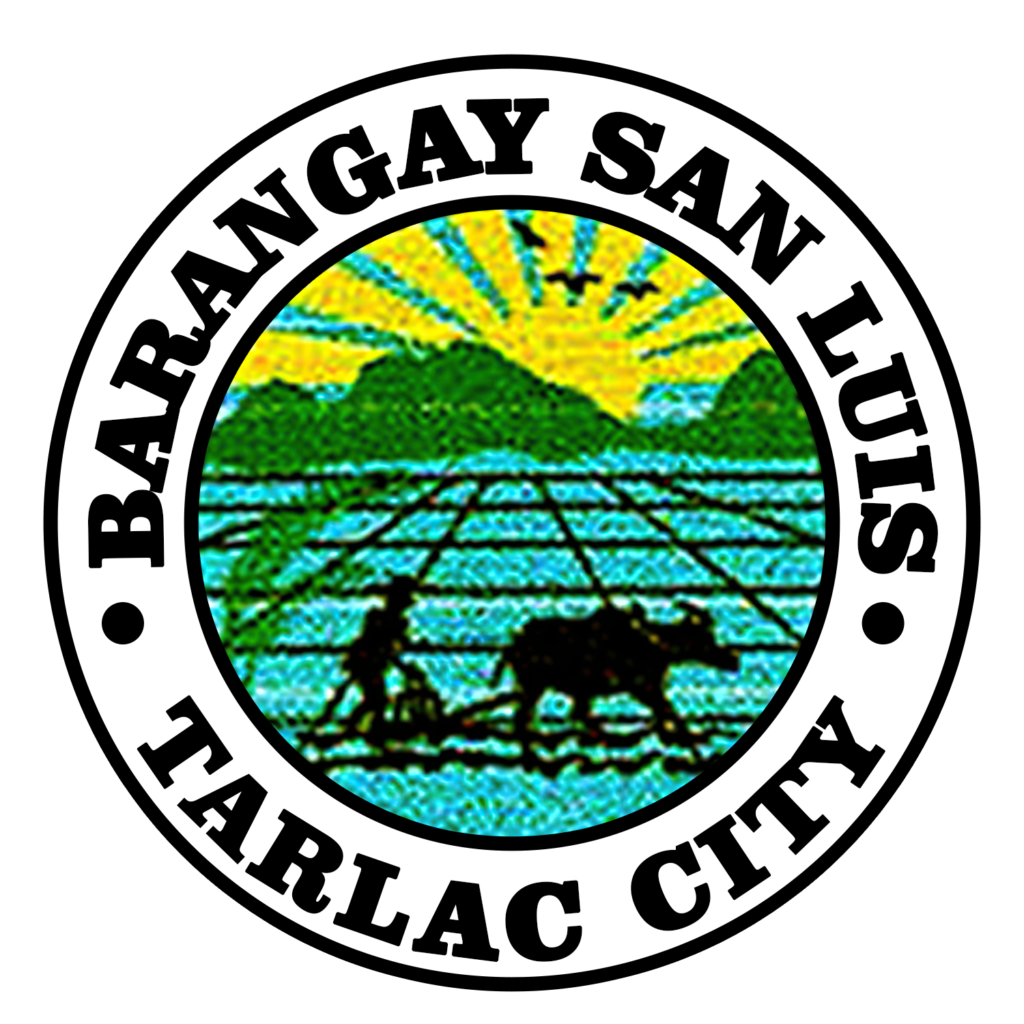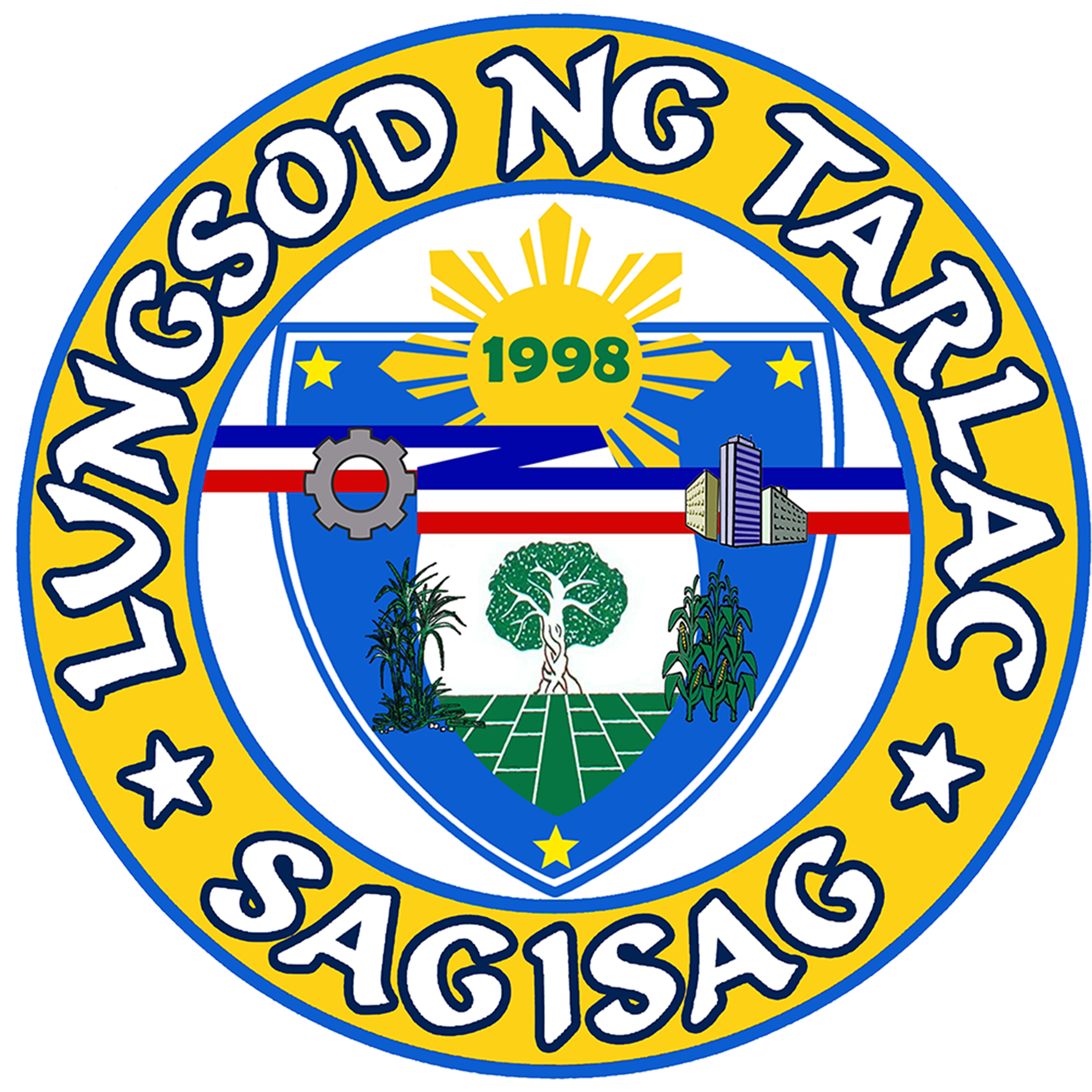
BARANGAY SAN LUIS HISTORY
Barangay San Luis is also part of the West District Division of 76 Barangay in Tarlac City. Barangay San Pablo surrounds it on the North, San Jose de Urquico on the South, Tibag on the West, and San Rafael on the Southeast and San Vicente on the East.
It is approximately 3.5 kilometers away from city proper. It has a total land area of 252.75 hectares wherein 81.0 hectares covered the completely agricultural area and the remaining are for residential and other area.
It also divided into five blocks namely Block 1, Block 2 to Block 5.
Barangay San Luis classified as Rural Barangay, it has a total population of three thousand three hundred eighty three (3,383) as of 2020, and a household population of seven hundred ninety six (796).
Barangay San Luis is an agricultural barangay. Approximately 60% of the total populace here were farmers. Farming is one of their major sources of livelihood. They cultivate palay, vegetables, corn and so on depending on the season of harvest. Other residents were employee, laborers, construction workers, drivers and others. Some residents have their own business such as sari-sari stores and so on.
Barangay San Luis before its establishment as one of the Barangays in Tarlac City It was formerly known as Sitio Pau. Early in 1940s, they file a petition in behalf of the first Tiniente del Barrio named Tonino Calaguas a separation of Sitio Pau from San Jose to become a separate and newly establish barangay in Tarlac City. By year 1942, the petition of the residents of Sitio Pau was granted. Sitio Pau became newly established barangay in Tarlac. Later on Sitio Pau renamed to San Luis, derived from their patron named San Luis.
The first pioneer who lived in this barangay is the Family Calaguas, Gomez, and Vidad.
Eighty percent of the total populations are Pampango, and the rest are Tagalog, Bisaya, Pangasinense, and Ilocano.
Barangay San Luis celebrates their feast day every February 18-19 as a thanksgiving to the patron Saint Louis (San Luis). St. Louis is often considered the model of the ideal Christian monarch. Because of the aura of holiness attached to his memory, many Kings of France were called Louis, especially in the Bourbon dynasty, who directly descended from one of his younger sons.
